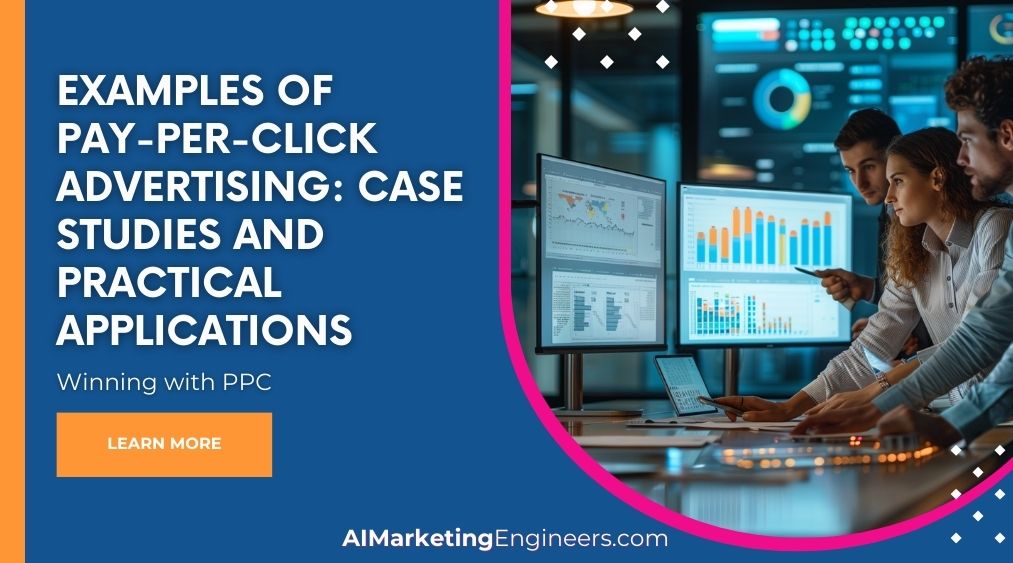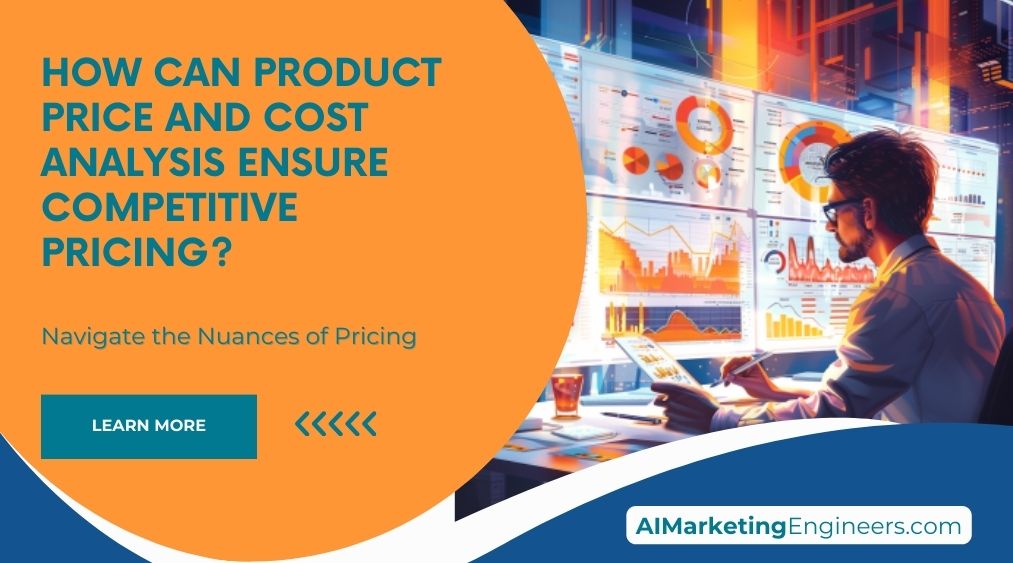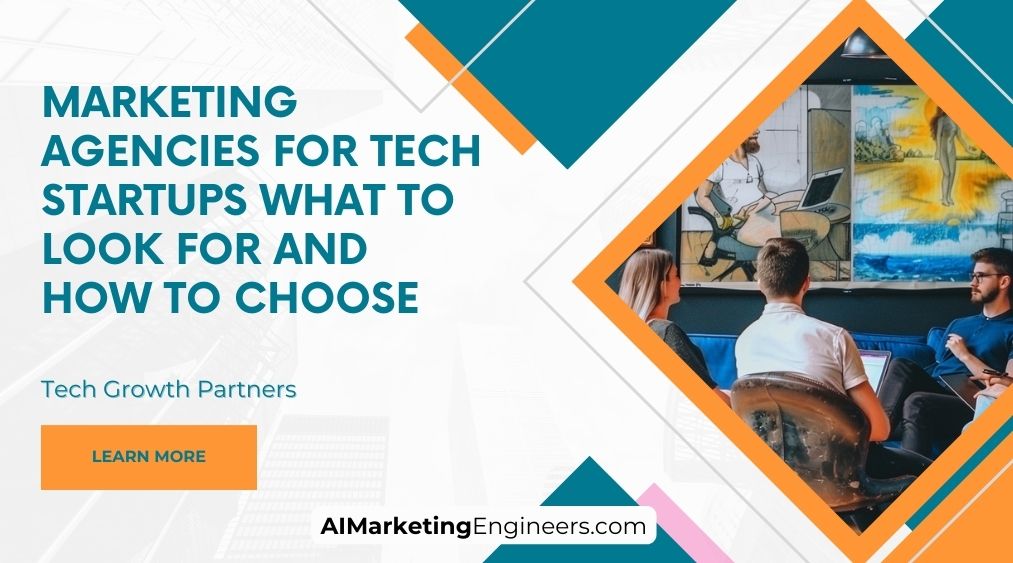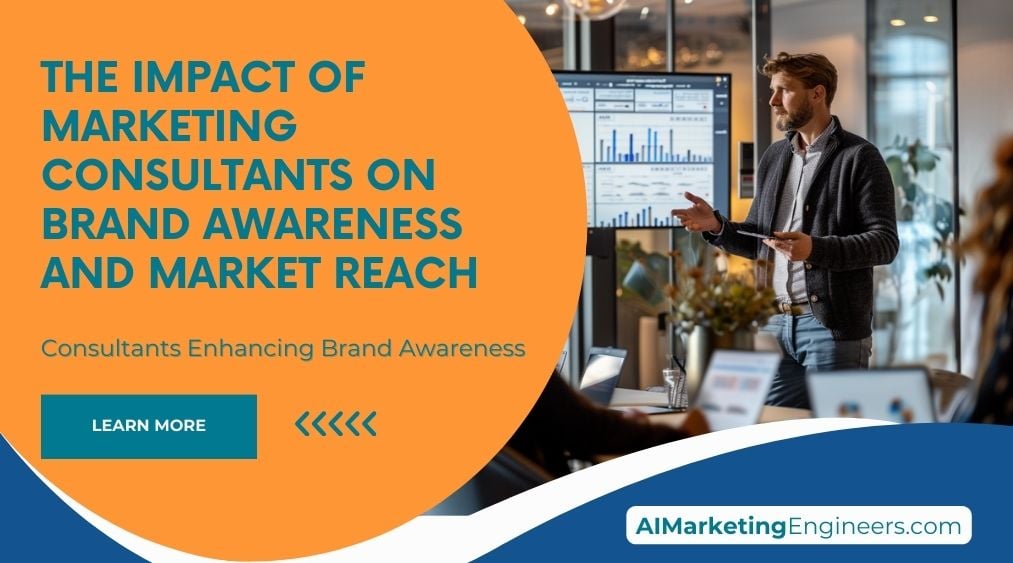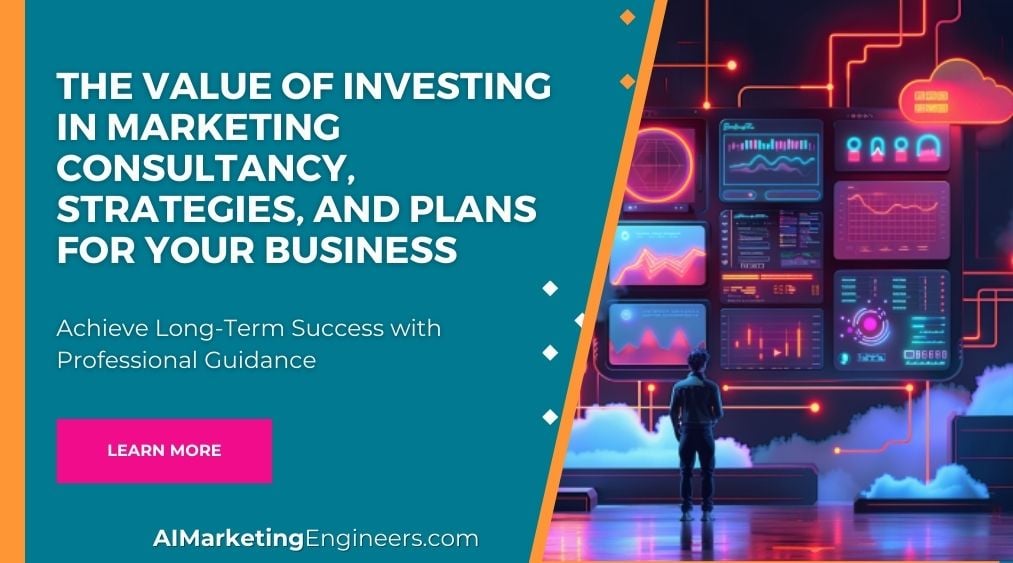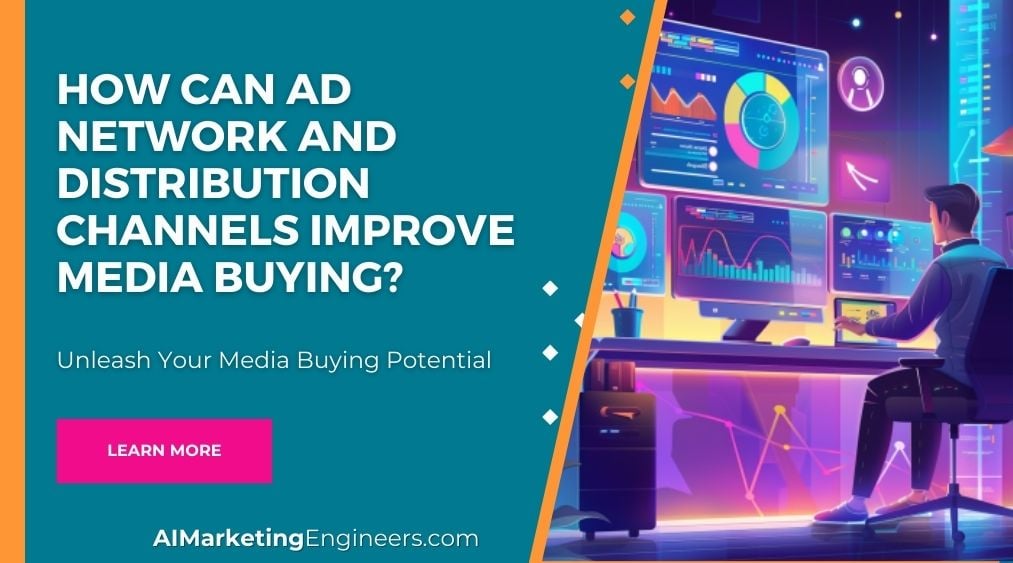Key Takeaways
✅ Targeted Strategies Drive Success: Customizing your ad campaigns can lead to remarkable improvements. Verizon Media's 3,200% conversion hike by optimizing display options and keywords showcases that precise, well-thought-out moves can significantly cut costs while boosting results. Similarly, tailored efforts by the University of Nevada and a scooter brand corroborate that a focused approach enhances ROI, strikes the right audience chord, and pays off handsomely.
✅ Proper Campaign Setup and Optimization Are Crucial: It's not just about running ads; it's how you structure them. A dental practice skyrocketed from 3 to 37 conversions a month simply by revamping their campaigns and designing custom landing pages. Moreover, a bus rental company demonstrates the power of keyword mastery, slashing their conversion costs by fine-tuning their keyword strategy to ward off irrelevant clicks.
✅ Measurable Results and ROI Improvement: Success in PPC isn't just a shot in the dark—it's quantifiable and scalable. Adams Windows' brand and conversion leaps vividly illustrate setting up campaigns with clear measurement in mind. Such data-centric tactics emboldened a scooter manufacturer to nearly a million-dollar revenue, proving that even smaller budgets can yield towering returns through optimized PPC efforts.
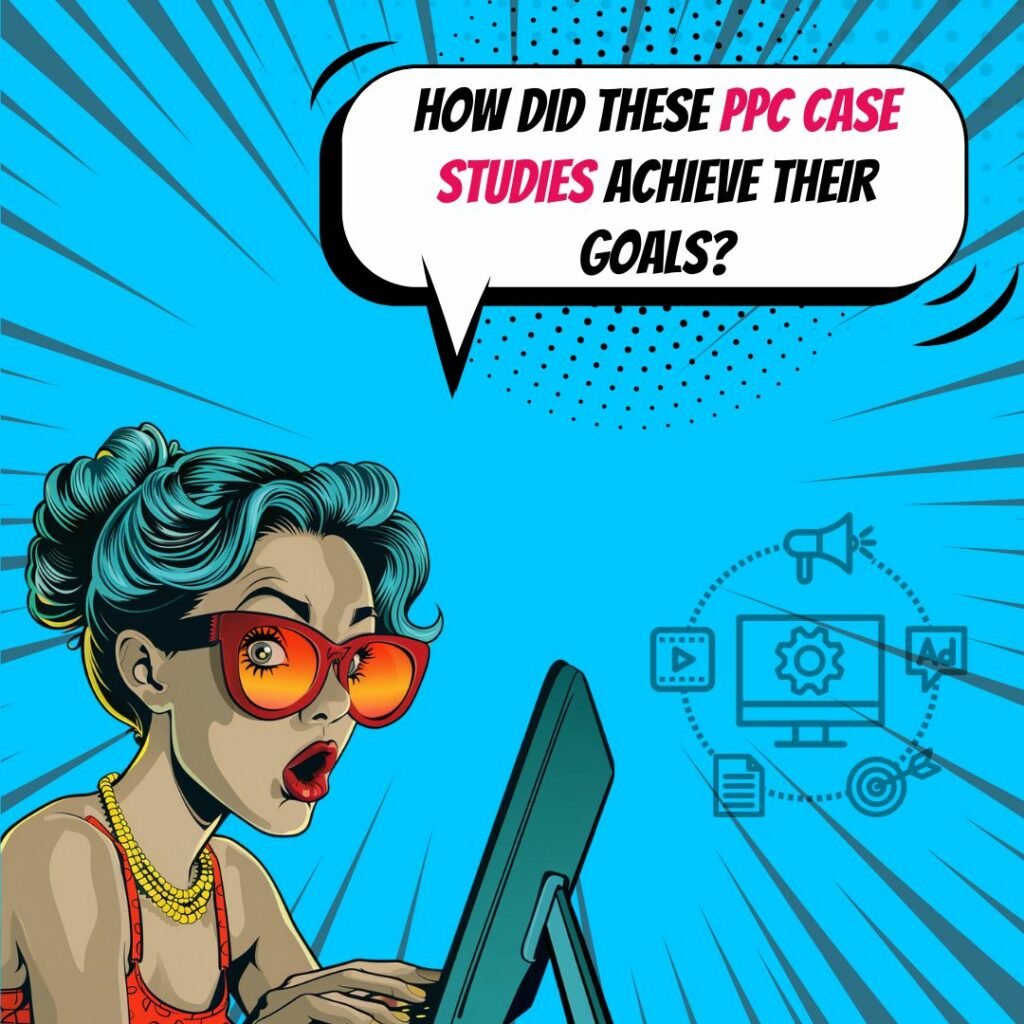
Introduction
Ever wondered how some businesses seem to capture the perfect audience at the right time? Enter the dynamic digital world of Paid Per Click Advertising, where smart strategies turn clicks into customers. But what does it take to launch a campaign that not only attracts eyeballs but also opens wallets? These are not just tales from the top shelf—they're practical lessons wrapped in data, ready for you to unravel and apply.
Curiosity piqued? Hang tight, as we travel through the bustling streets of Google, Bing, and social media, where ads of all sizes vie for the spotlight. Imagine your brand not just participating but ruling these domains with expert-tuned campaigns geared to skyrocket your ROI. We're peeling back the curtain on industry secrets, the do's and don'ts that set apart the winners from the also-rans in PPC advertising.
Prepare to grasp the nuances of creative campaigning and discover case studies that illuminate the path to digital dominance. By the end of this journey, you will not only comprehend the 'what' and 'how' of successful pay-per-click initiatives but also be brimming with game-changing tactics tailored to elevate your digital marketing game to stratospheric heights. Get ready to unlock revolutionary insights that promise to steer your online presence toward unprecedented growth and profitability.
Top Statistics
| Statistic | Insight |
|---|---|
| Google's Market Share: 92% control over the global search engine market. | This dominance of Google illustrates where the bulk of PPC strategies should be focused to potentially reach the widest audience. |
| Search Advertising Spend Forecast: $190.5 billion expected globally in 2024. | The continuous rise in spending indicates that search advertising is considered to be an increasingly valuable investment for businesses looking to grow. |
| Consumers' Interaction with Ads: 75% find paid ads make it easier to find the information they need. | This highlights the importance of having well-targeted and informative ads that can actually enhance the user experience. |
| Click-Through Rates: The average CTR for Google Ads across all industries is 3.17%. | A critical benchmark for advertisers to assess the effectiveness of their PPC campaigns against industry standards. |
| Cost-Per-Click Trends: The average CPC across all industries is $3.53. | Knowing the average CPC can help businesses forecast budget requirements and ROI for their PPC efforts. |
Understanding Pay-Per-Click (PPC) Advertising
Imagine reaching a customer exactly when they're searching for what you offer. That's the power of Pay-Per-Click (PPC) advertising, a model where businesses only pay when someone clicks on their ads. It's like only paying for a billboard when someone who sees it walks into your store. The cost depends on a few things, like how much you bid for a click – known as Cost Per Click (CPC) – and how often your ad is shown without being clicked – referred to as impressions. Another big deal is the Click-Through Rate (CTR), which tells you the percentage of people who click after seeing your ad. Then there's the conversion, the ultimate goal, which happens when the click turns into a purchase or another desired action. PPC allows for precise targeting, ensuring ads reach the right audience at the right time. It also offers flexibility, enabling quick adjustments based on real-time performance data. This makes PPC a cost-effective way to drive traffic and increase sales.
Examples of PPC Advertising in Action
Where do you see these ads? Search engines like Google and Bing showcase ads tailored to what you're typing in, such as Huel Vegan Protein popping up after you search "vegan protein." They can enhance their ads with extra links and images. Display ads are the ones you see on websites and in apps – think of The Perfume Shop running ads alongside your favorite celebrity's YouTube clips. And let's not forget social media, where companies like Ann Summers use paid ads to capitalize on trending terms and get in front of the right audience. These platforms offer various ad formats to engage users in different ways. Video ads, carousel ads, and sponsored posts are examples of how PPC can adapt to diverse content types. The versatility of PPC allows businesses to experiment with different strategies to see what resonates best with their audience.
Creative Campaigns that Stand Out
Talking about creativity, Converse did something nifty with their "Domaination" campaign. They bought ads that appeared when you searched for things like "first day of summer." Then there's BP Oil, which stumbled by bidding on "oil spill" after the Gulf spill but came off as insincere, spending a million bucks and getting folks riled up instead. Successful campaigns often blend creativity with strategic targeting. Interactive and engaging ad formats can significantly enhance user experience and drive higher engagement rates. Leveraging current events or trends can also boost the relevance and impact of PPC campaigns.
Learning from Innovative PPC Campaigns
It's not just big companies that get clever. Alec Brownstein landed a job by bidding on creative directors' names – when they Googled themselves, they found his ad asking for a job, costing him just six bucks. Butternut Box Dog Food used various Google ad formats to guide people to different web pages, not just the homepage, effectively directing traffic to specific, relevant content. These examples show the power of strategic and targeted PPC campaigns. Small businesses can achieve significant results by thinking outside the box and leveraging unique approaches. Customizing ads to address specific user intents can greatly enhance conversion rates and overall campaign success.
Tips for Successful PPC Campaigns
How can you rock PPC advertising? Running full-funnel ad campaigns means aligning your ads with your business goals at each stage of a customer's journey. It's critical to control costs and zero in on your audience without splurging where it's not needed. Always measure success by tracking performance and adjusting your strategy on the fly because what gets measured gets managed, right? Regularly reviewing and optimizing keywords can improve ad relevance and performance. Utilizing A/B testing can help identify the most effective ad elements. Consistently updating ad creatives and landing pages ensures that your campaign stays fresh and engaging.
Maximizing PPC for Business Success
In the realm of digital commerce, PPC advertising stands out as a sharp tool in the marketer's toolbox. With the right strategy, businesses of any size can harness PPC's precision and flexibility to connect with consumers and drive meaningful engagement. Whether you're a seasoned professional or just dipping your toes into the digital marketing pool, grasping the essentials of PPC can help turn clicks into customers. Investing in continuous learning and staying updated with PPC trends can enhance your campaign's effectiveness. Building a robust PPC strategy involves combining creativity with data-driven decisions. Ultimately, successful PPC campaigns can significantly contribute to business growth and profitability.
AI Marketing Engineers Recommendation
Recommendation 1: Leverage Precise Targeting with Google Ads to Maximize ROI: With 63% of people saying they'd click on a Google ad, it's clear that Google Ads is a prime example of effective Paid Per Click Advertising. To make the most of this platform, dive deep into audience segmentation. Use geo-targeting, demographic data, and past online behavior to tailor your ads to the users most likely to convert. By continually refining your targeting methods, you'll waste less money on irrelevant clicks and see a higher return on investment (ROI).
Recommendation 2: Embrace Social Media Platforms for High Engagement Rates: While Google reigns supreme in the PPC world, we can't ignore the power of social media ads. With an average engagement rate of 3.39% on Instagram compared to 1.22% on Facebook, Instagram Ads offer a strong example of Paid Per Click Advertising for businesses looking to bolster user interaction. Use high-quality visuals and compelling captions to tap into this platform's visually driven user base, and consider partnering with influencers to amplify your message.
Recommendation 3: Implement AI-Powered Bid Management Tools for Cost Efficiency: Balancing ad expense with profit is a juggling act, but AI-powered PPC bid management tools can be a game-changer. These tools optimize your bids in real-time, ensuring you're not overspending for clicks that don't convert. By harnessing machine learning, the software can predict bid outcomes more accurately, streamline your ad spend, and improve overall campaign performance. Tools like Google Ads' Smart Bidding or Kenshoo can make a tangible difference in your Paid Per Click Advertising effectiveness.
Relevant Links
- Revolutionize Your Digital Marketing with AI
- Master SEO in China with Advanced Baidu Strategies
- Unlock China's Market with Consumer Analytics
- PPC Performance Metrics for Success in China
Conclusion
Paid Per Click advertising is more than just a buzzword; it's a strategic tool that, when wielded with finesse, can lead to significant successes for businesses of all sizes. Reflecting on everything from the definition to practical examples, we uncover the transformative power that PPC has in the digital marketing landscape. It's not just about shelling out for clicks—it's the art of turning those clicks into meaningful engagement and, ultimately, conversion.
Companies like Huel Vegan Protein and The Perfume Shop illustrate just how tailor-made these campaigns can be, showing that with the right keywords and thoughtful targeting, ads can reach the exact audience they're intended for. Meanwhile, Alec Brownstein's imaginative job search demonstrates how outside-the-box thinking, combined with the cost-effectiveness of PPC, can yield life-changing results. But let's not forget the cautionary tale of BP Oil’s misguided efforts, which highlights the crucial need to strike the right tone and connect with people genuinely.
As marketing continues to evolve, the ability to measure success, control budgets, and launch full-funnel ad campaigns are aspects that turn PPC from guesswork into a precise science. The businesses that stay ahead of the curve are the ones that not only understand these principles but also apply them with creativity and clarity, measuring and adapting as they go.
So what does this mean for your business? It's an invitation to embrace PPC advertising as a dynamic and direct highway to consumer attention and action. With a well-executed click, the door to digital opportunities swings wide open, connecting your brand to a future of growth and opportunity. It's time to dive into the PPC world – not just to float on the surface but to make waves that count.
FAQs
Question 1: What is PPC advertising?
Answer: PPC stands for Pay-Per-Click, a digital advertising model where advertisers pay each time a user clicks on their ad.
Question 2: How does PPC advertising work?
Answer: Advertisers bid on specific keywords, and when a user searches for those keywords, the ad appears. The advertiser pays the agreed-upon cost per click (CPC) rate each time the ad is clicked.
Question 3: What are the key terms in PPC advertising?
Answer: Key terms include impressions (ad displays), cost per click (CPC), click-through rate (CTR), and conversions (desired actions after clicking the ad).
Question 4: What are the advantages of PPC advertising?
Answer: Advantages include bidding on relevant keywords, choosing ad placement, refining targeting, controlling budgets, and analyzing ad performance.
Question 5: Where can PPC ads be found?
Answer: PPC ads can be found on search engines like Google and Bing, display ads on websites and apps, and social media platforms like Facebook and Instagram.
Question 6: How can PPC campaigns be optimized?
Answer: Optimization involves setting clear goals, allocating budgets, aligning campaigns with company objectives, and continuously monitoring and improving ad performance.
Question 7: What makes a successful PPC campaign?
Answer: Successful campaigns involve targeted ads, relevant keywords, and well-designed landing pages that align with the user's intent.
Question 8: How can creativity be incorporated into PPC campaigns?
Answer: Examples of creative campaigns include using cultural moments, bidding on specific names, and targeting videos on YouTube. These approaches can lead to increased brand awareness and engagement.
Question 9: What are some common mistakes to avoid in PPC campaigns?
Answer: Mistakes include poor ad targeting, inadequate budget allocation, and failing to measure and adjust campaign performance regularly.
Academic References
- Jansen, B. J., & Schuster, S. (2011). Pay-Per-Click Advertising: A Literature Review. Computer Science Department, Paper 117. This comprehensive review dives into the intricacies of pay-per-click (PPC) advertising, unraveling the competitive bidding process and the differing strategies that advertisers can utilize.
- Al-Hyari, K., Alnsour, M., Al-Weshah, G., & Haffar, M. (2012). The Effect of Using Pay Per Click Advertisement on Online Advertisement Effectiveness and Attracting Customers in E-marketing Companies in Jordan. International Journal of Marketing Studies, 4(5). An insightful exploration into how PPC affects customer attraction and the overall potency of online advertisements among e-marketing businesses in Jordan, offering a lens into the benefits of utilizing PPC.
- Yang, M., & Ghose, A. (2010). Analyzing the Relationship Between Organic and Sponsored Search Advertising: Positive, Negative, or Zero Interdependence? Marketing Science, 29(4), 602-623. This study scrutinizes the dynamics between organic search results and PPC ads, providing valuable insights into how they can influence each other and impact the advertiser's strategy.
